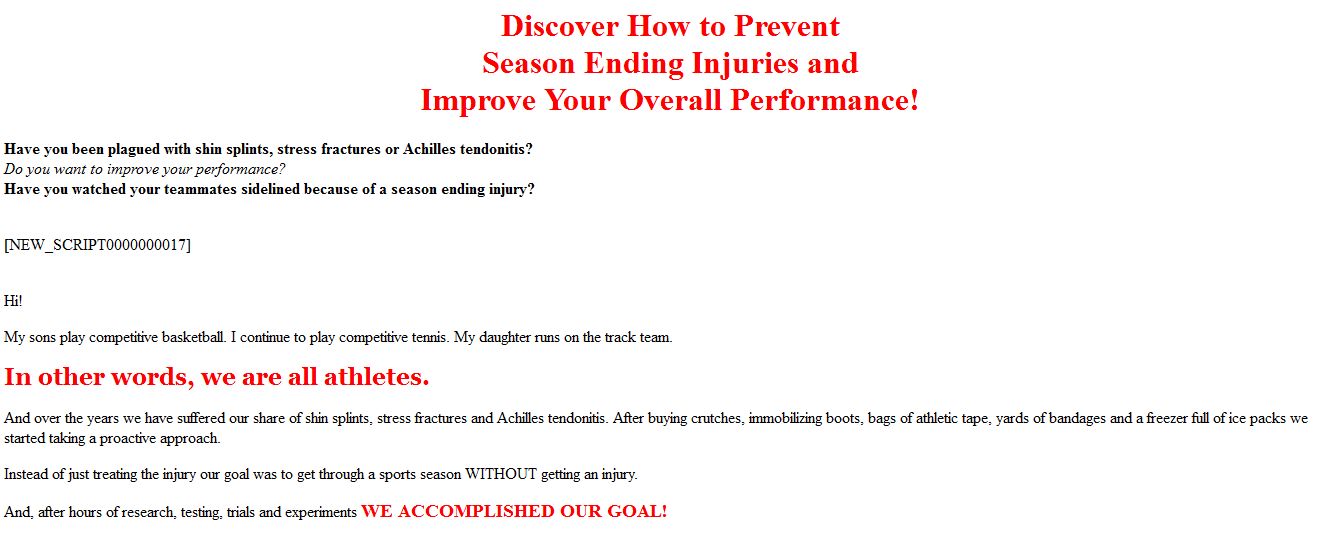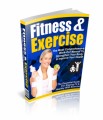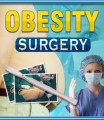Salespage Snapshot:

Table of Contents
Introduction
Common Sports Injuries
Good First Aid For Sports Injuries
Rotator Cuff Injuries
Shin Splints
Illiotibial Band Syndrome
Achilles Tendon
Eye Injuries
Tennis Elbow
Hamstring injuries
Ankle Injuries
Broken Bones and Stress Fractures
Conclusion
Sample Content Preview
Good First Aid For Sports Injuries
Sometimes when you are on the field, the injury that you or your athlete has sustained isn’t immediately apparent. In these cases it is good to provide some immediate first aid without concern about the specificity of the injury but rather caring for the area that is injured and bracing and supporting it so it doesn’t sustain any further injury.
Many of these injuries turn out to be muscle strains and sprains to various areas of the body. These are common everyday happenings at the grade school, high school, college and weekend warrior level. Muscle pull treatment and recovery are important aspects to the ability of the athlete to return to regular activities following an injury.
There are several things to do while the athlete is still on the field to help minimize any further injury to the area. Most sporting events keep first aid kits available for just such events. In some cases, like eye injuries during a basketball game (one of the most common ways to receive an eye injury during sports is playing basketball), first aid kits may not be equipped to handle the situation.
In many cases however, you’ll be able to find useful tools to help with the immediate first aid for an injury.
Start with an evaluation of the position of the injury. Injuries to the neck or head require immediate attention by a medical professional. While an injury to the ankle or knee may be able to wait until the end of the game before being attended to by an emergency room physician, seconds are crucial in the treatment of a potential head injury.
The brain has an amazing amount of resiliency and can withstand more damage than you might think before a person shows functional changes. This is an organ that controls everything that our bodies can do. From control of the beating heart, to muscle movement and hormonal fluctuations that control temperature and emotions, the brain is central to all that makes us – us.
It is enclosed in a hard shell, our heads, and cushioned by blood and other structures. After undergoing an injury there are many blood vessels that can leak small amounts of blood or one vessel that can leak blood slowly. In this instance the blood takes up space inside the head that normally is used by the brain. If there is too much blood that leaks then the pressure inside the head will increase and place pressure on the brain.
This pressure changes the function of the brain and can cause certain areas of the brain to die – leaving the individual with permanent loss of function for the rest of their lives.
When there is an injury on the sporting field and parents or coaches believe the athlete may have had an injury to the head they should immediately arrange transportation to a hospital for evaluation.
Signs that an athlete has sustained an injury to their head that could result in bleeding in the brain:
1. Loss of consciousness, even for a short time.
2. Change in personality – becoming more aggressive or submissive
3. Sensitivity to light
4. Headache
5. Head came in forceful contact with a hard or stationary object
6. Athlete’s eyes don’t track together
7. Eyesight is blurry
8. Athlete shakes their head to ‘clear it’ several times
9. Athlete feels like they are in a fog
If the injury is muscular or suspected to involve the bone or joints there are several things that can be done in order to protect the area to decrease pain and reduce the risk of increasing the injury to the area.
On the sports field the athlete can immediately splint the area and protect it from injury. This behavior is very instinctual and athletes will protect an area that has been injured to the point of injuring another part of the body while protecting the injured area.
For instance, those who have sustained a hip or knee injury they may favor the injured leg over a length of time that eventually wears down the good leg and causes an overuse injury. Our bodies were designed to work in balance and when that balance is upset it can cause injury.
There are some basic tenets to treating sports injuries on the field:
1. Handle the situation with a level head. The worst thing that you can do is to get angry about the injury or panic over it. Neither panic nor anger will change the situation. It won’t bring the star player back into the game and it won’t help the athlete to play again. It only muddles the decision making process.
2. Protect the area that was injured – keep it from moving and don’t allow the athlete to bear weight on the injured extremity.
3. If there is ice available place it on the injured area immediately. Don’t place the ice directly next to the skin but rather protect the skin from frostbite by using a thin layer of material.
4. Splint the area using available material if you believe that a bone might be broken. By splinting and protecting the bone you’ll prevent any further damage to the bone.
5. If there are contusions, open areas or a compound fracture that requires cleaning and care by medical professionals, you may cover the area with a CLEAN white cloth and then use clean water to dampen the material to keep the area moist while transporting to the hospital or awaiting the ambulance.
6. If a medical attention isn’t needed for this open area it should be cleaned thoroughly using clean water and then coated with a topical antibiotic and covered with a clean, dry bandage.
After the immediate first aid on the scene it is always critical to see your doctor and seek professional evaluation and recommendation for any accidental injury you may experience. Occasionally the trouble of a muscle pull can block out a deeper or more serious injury that your physician will determine with a careful scrutiny. For this reason you should not assume the medical treatment and rehabilitation of your injuries into your own hands. However, you should be able to arrive at educated conclusions about the management your doctor may recommend.
Your physician may advocate the use of anti-inflammatory medications to diminish the inflammation of the muscle and surrounding tissue which will accelerate the healing process of muscle pull treatment and convalescence. Anti-inflammatory medications can be over the counter such as ibuprofen or your doctor may recommend a prescription anti-inflammatory medicine. Realistically the ibuprofen is a fine choice for those who have a mild to moderate muscle pull and can still bear weight on the joint.
Your doctor may have anti-inflammatory medications that are prescriptions strength but they also have prescription strength side effects as well. Choose the medication you take carefully.
Another anti-inflammatory technique is to use ice over the muscle pull. Treatment and recovery of muscle pulls will determine the speed at which you will return to your previous activities. Ice, directly over the area, will help to decrease the inflammatory response in the muscle. If you use ice directly you must keep it in constant motion. For that you should use an ice cup. Otherwise use an ice pack that is sold for this reason. Wrap the ice pack in a thin piece of material and place it over the area for 20 minutes at least 3 times each day.
If you choose to use an ice cup you can easily make one at home. Use a Styrofoam or paper cup and fill it to the top with water. Place it in the freezer and allow it to freeze completely. Remove any clothing from the area and slowly rotate the cup around the area for 20 minutes. As the ice melts you’ll be able to peel the cup down because it’s Styrofoam or paper. Keep a towel close by to catch the melting water.
Muscle pull treatment and recovery also includes compression and elevation. These four components are the parts of R.I.C.E. (Rest, Ice, Compression and Elevation) that are integral part of the recovery and rehabilitation for any muscle pull, strain or sprain.
Resist the temptation to begin using the muscle more quickly than you should because it will only increase the amount of time you aren’t able to return to your normal activities. Rest really means rest.
If the muscle pull treatment and recovery is in an area that can use compression then you should use a compression bandage to support the muscle. You can use a compression bandage in most areas including the abdomen. This bracing and bandaging should be used initially for support in normal daily activities and then as the muscle begins to heal they can be relegated only to use during athletic activities for as long as is necessary.
Other Details- 1 Ebook (DOCX, PDF, TXT), 44 Pages
- 1 Salespage, Squeeze Page (TXT)
- Affiliate Programs List (DOC)
- Keywords List (XLS)
- Bonus Images (JPG)
- File Size: 812 KB














